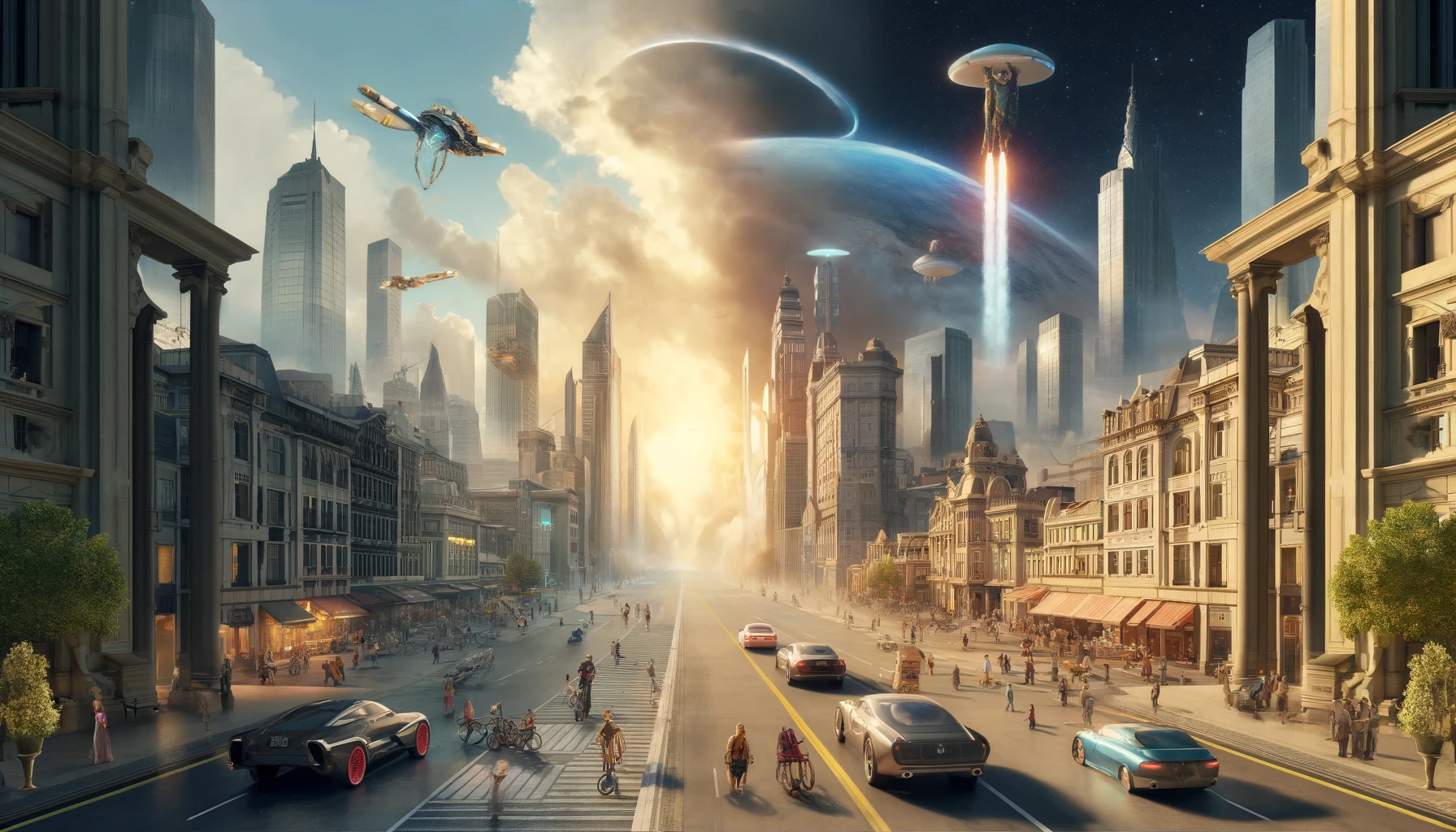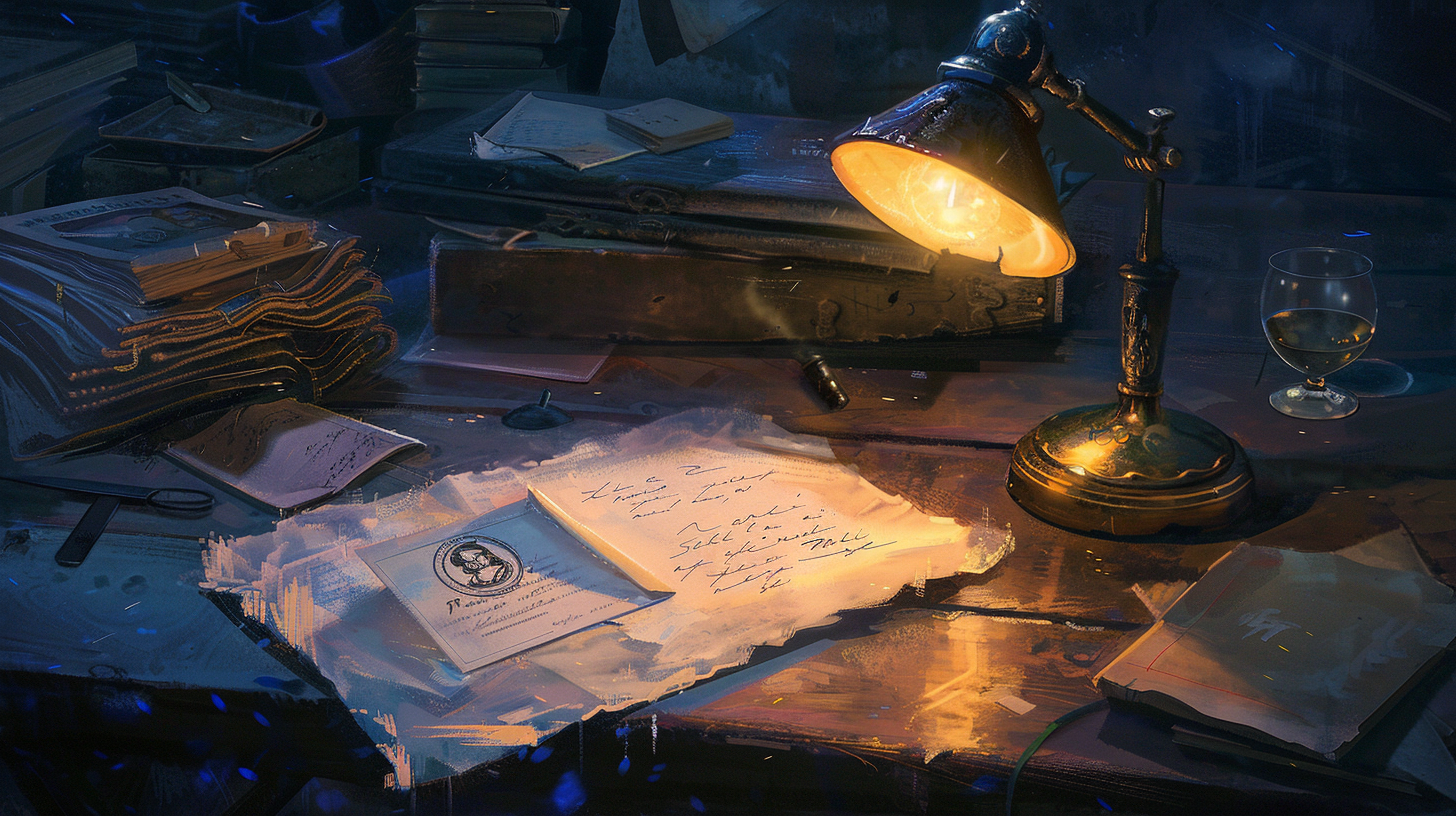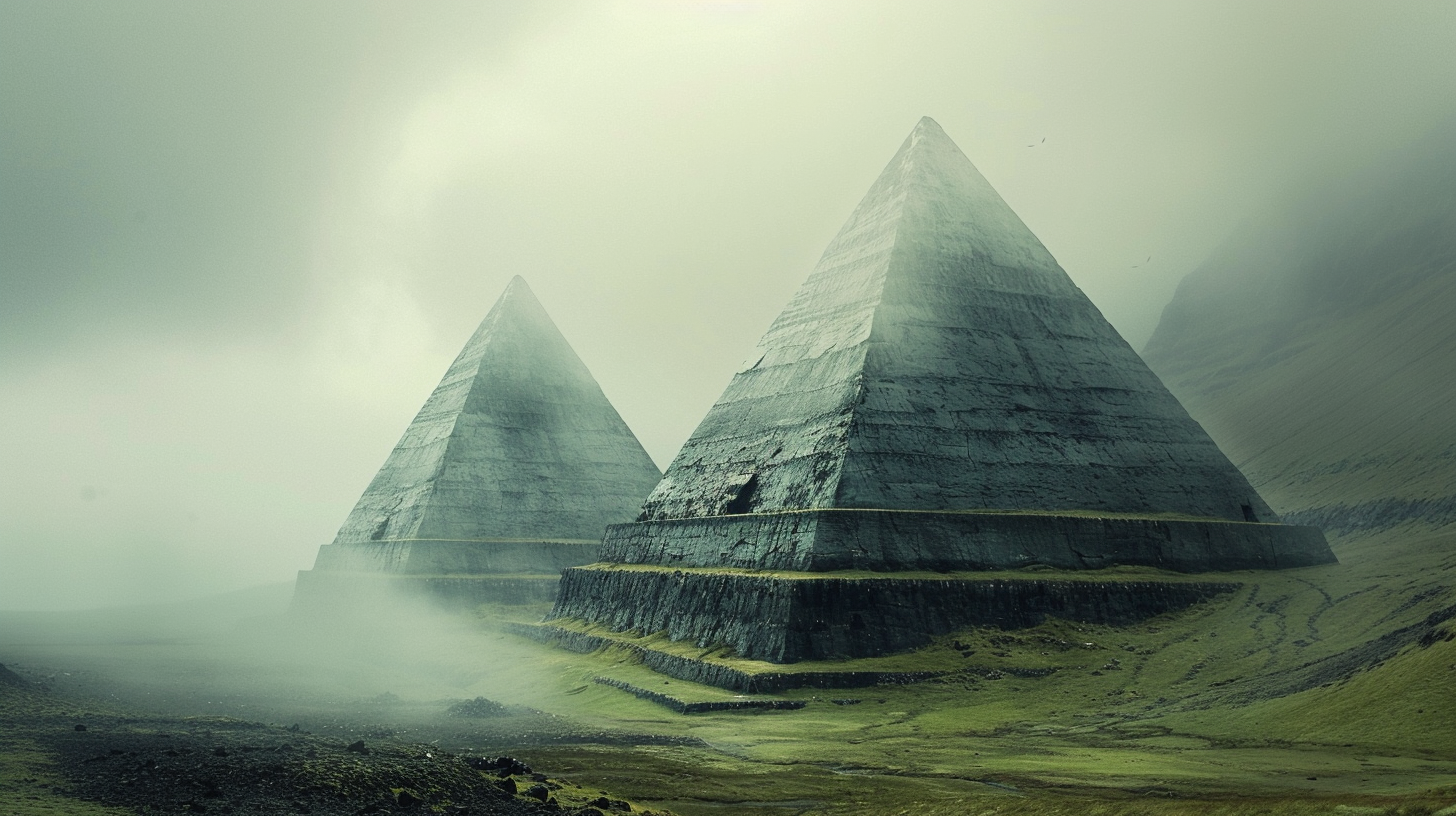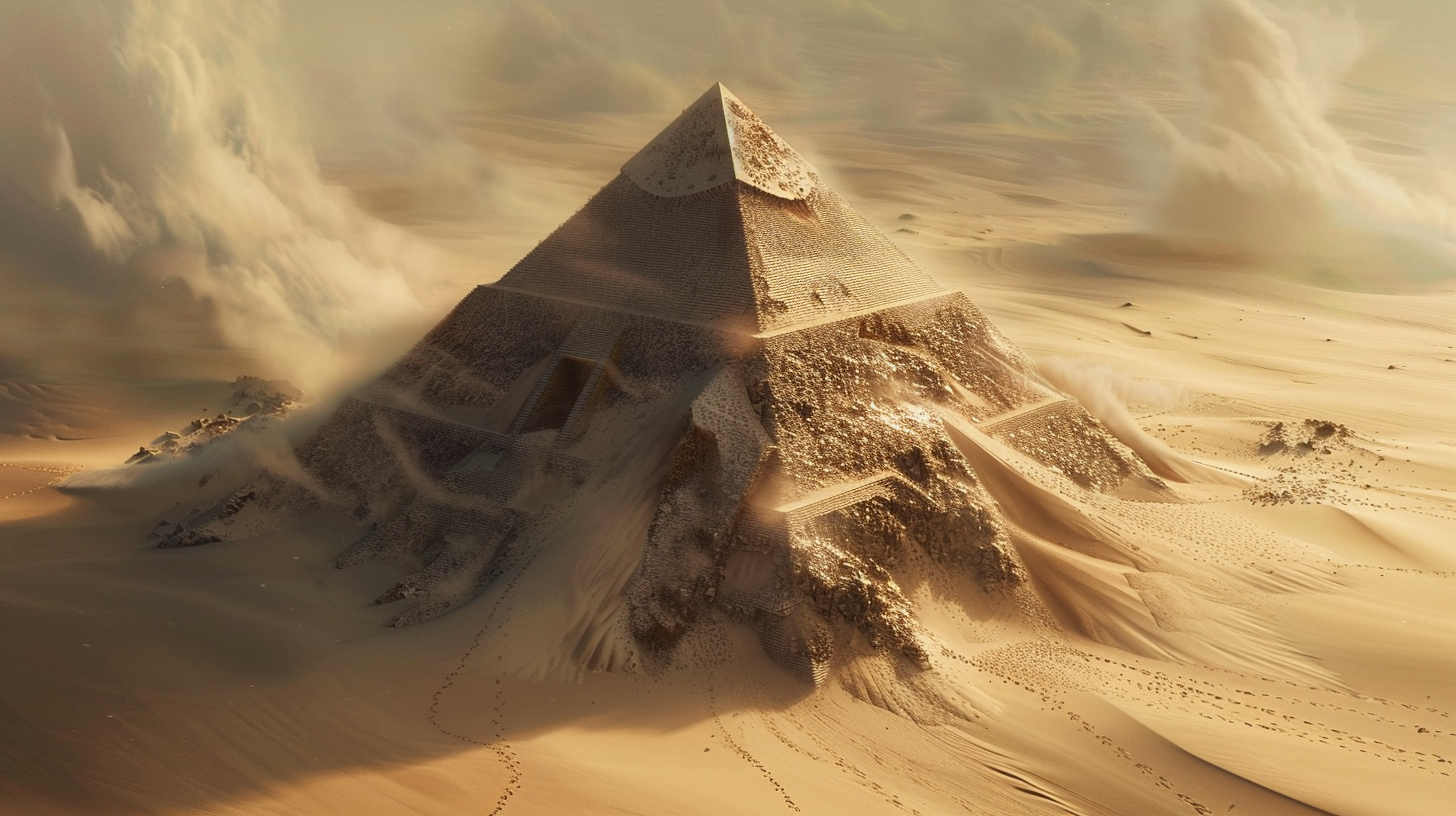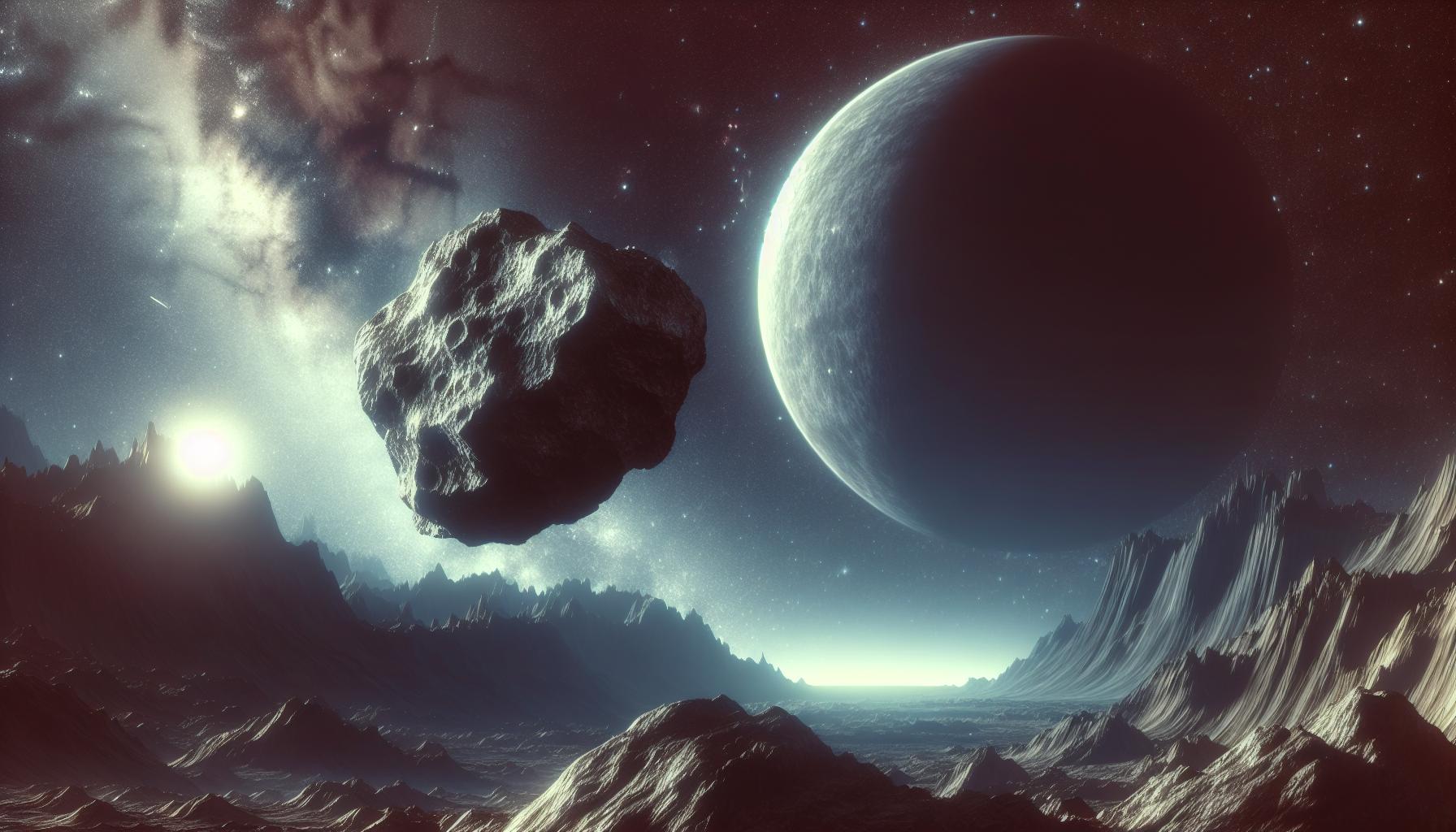The Impact of Alien Life on Popular Culture
From the eerie extraterrestrials of “The X-Files” to the lovable E.T., alien life has always taken center stage in popular culture. It’s a concept that’s both fascinating and chilling, sparking our imagination and feeding our curiosity about the unknown.
In this article, we look at alien life in movies, TV shows, books, and even music. We’ll explore how these depictions have evolved over time and the impact they’ve had on our perception of extraterrestrial life. So, if you’re a fan of all things otherworldly, you’ll like this one.
Alien Life in Movies
Ever since Georges Méliès’s 1902 film, A Trip to the Moon, there’s been a fascination with portraying alien life on the silver screen. It’s a trend that has grown exponentially with advancements in technology, allowing filmmakers to create more convincing and imaginative extra-terrestrial beings.
Take Star Wars, for instance. George Lucas revolutionized our understanding of alien life with his eclectic mix of intergalactic creatures. We’ve got everybody from the lovable Wookie Chewbacca to the ominous-looking Sith Lords. These aren’t merely monsters meant to incite thrill or terror, they’re individuals with their cultures, histories, and motivations.
Then there’s ET: The Extra-Terrestrial by Steven Spielberg, portraying a benign being from beyond the stars. With ET, we saw an alien who elicited empathy, not fear. This film flipped the narrative, showing an alien as the protagonist, making ET one of the most cherished pop culture icons in history.
But it’s not all rosy in the world of cinematic extraterrestrials.
Movies like* Invasion of the Body Snatchers* or Alien offer nightmarish visions of alien invasions. Here, the unknown elements of space are transformed into horrifying predators, fuelling the innate human fear of the unknown.
These different portrayals have shaped our understanding and expectations of what alien life might look like. Science-fiction cinema has constructed an entire universe teeming with the possibility of varied, intelligent alien life that’s a far cry from the martians of yesteryear.
There’s a vast array of alien life to explore in movies, from benevolent visitors, menacing predators to human-like species. Not only have these movies entertained us, but they’ve also provoked thoughts about possibilities of life beyond Earth.
The Evolution of Depictions
Alien life has had a transformative journey in the way humans showcase it’s potential. It’s fascinating to track the evolution of depictions, from the early bug-eyed beasts to hyper-intelligent, sometimes almost human-like beings in modern films.
In the infancy stage of cinematic history, aliens were generally depicted as monsters. They were noticeably different from us in appearance and intent. But as cinema matured, so did our depiction of extraterrestrials. Filmmakers began to humanize alien beings, presenting them with complex personalities, feelings, and motivations. A concept which may be more frightening to some due to the eerie familiarity.
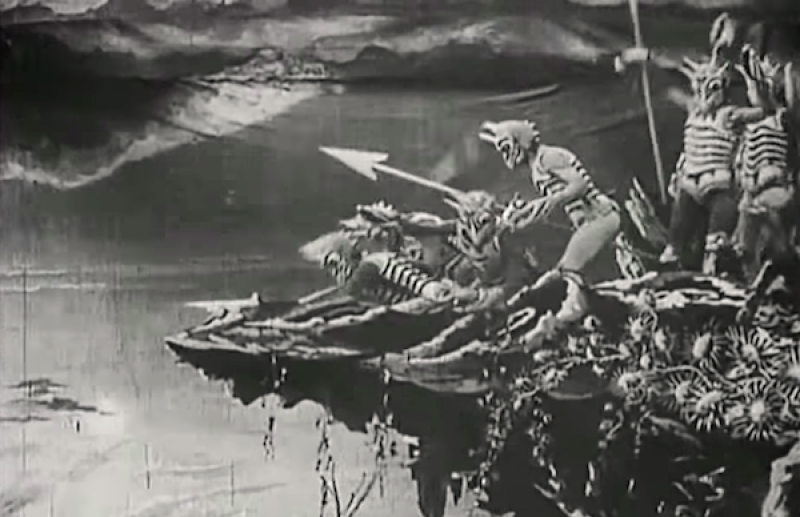
Our perception of alien life has been influenced greatly by the technological advancements in special effects and animation.
In the early days, grease paint and prosthetics were the order of the day. Fast forward a few decades, Computer-Generated Imagery (CGI) became the norm. This advancement translated to a wider array of possibilities for depicting alien life, making them more stimulating and believable to their audiences. The world saw this change in offerings like the visually stunning Avatar. It’s fascinating to see how the portrayal of aliens has evolved in step with both societal sentiments and tech advancements.
In the end, the way we depict aliens in film and television mirrors our own understanding and expectations, shaping an ever-evolving narrative about potential life outside of Earth. The beauty of science fiction and extraterrestrial representation lies in its endless capacity for imagination. We’ve only seen the tip of the iceberg, and there’s plenty more to come.
Famous Alien Characters
From menacing invaders to friendly visitors, I’ve seen a wide array of alien characters across the spectrum of cinema. Characters like E.T., the Xenomorph, and Yoda have seeped into our collective consciousness and left a lasting mark.
E.T., the friendly extraterrestrial from Steven Spielberg’s beloved classic, stands as a symbol of friendship and compassion. Despite being an alien, E.T. possesses distinctly human emotions that the audience can relate to. His healing power, magic finger, and iconic “E.T. phone home” line have made him a beloved figure in pop culture.
On the terrifying side of the spectrum, we’ve the Xenomorph from the “Alien” franchise. With its sleek design, vicious nature, and the unforgettable scene of its violent birth, the Xenomorph sets the archetype for terrifying alien creatures. This nightmarish vision of an extraterrestrial creature places the Xenomorph in a league of its own. This being was actually inspired by a wasp, placing in the Insectoid alien category. Not that anything like it has ever been reported, but Insectoids themselves are said to have a presence on Earth.
Then we’ve Yoda from “Star Wars”, a wise and powerful Jedi master. Despite standing less than two feet tall and speaking in an unusual manner, Yoda has had a profound influence on the “Star Wars” universe and pop culture at large. His wisdom, “Do or do not, there is no try,” has become a cornerstone of motivation for many.
We’ve also seen alien characters with a humorous touch. Take for example, the many aliens of “Men in Black” who, in all their otherworldliness, often mirror human follies and idiosyncrasies, leading to amusing situations and memorable characters.
It’s fascinating to see how alien characters evolve with advancements in technology and changing audience expectations. Today, these characters are not just monsters or comic relief but complex beings with their own stories and motivations. We’re seeing more multifaceted alien characters, reflecting our changing perspective towards the concept of alien life and its potential for variety and complexity.
It’s evident: the scope for exploration of alien characters in popular culture is unending. From the terrifying to the comical, these extraterrestrial entities continue to captivate us, posing endless possibilities for innovative storytelling and characterization.
The Influence of Alien Life in Popular Music
Steering away from the silver screen for a moment, alien life has also left its indelible marks on music. In the realm of music, outer space and extraterrestrial life have always been themes full of fascination, allowing artists to explore and share ideas that push beyond the realms of the known world.
In the late ’60s and ’70s, rock artists embraced the alien and space concepts. The rise of psychedelic rock spawned tracks like Pink Floyd’s ‘Interstellar Overdrive‘ and ‘Astronomy Domine’, which encapsulated the mystery and intrigue of space and its possible occupiers. The same era saw the birth of glam rock icon David Bowie’s spaceman alter-ego, Ziggy Stardust, a Martian ‘rock star messiah’ who came to Earth.
Fast forward to the 80s, and we saw British electro-pop band Eurythmics releasing ‘There Must Be An Angel’, a chartbuster hit, which subtly spoke about feeling alien in our own world.
Pop star Katy Perry later released ‘E.T.’, a track infused with alien imagery, while pop icon Lady Gaga often presents herself as otherworldly or alien-like, even referring to her fans as ‘Little Monsters’.
From rock bands to modern pop artists, music has perpetually used the theme of alien life to break boundaries, challenge perceptions, and unfold the limitless potential for creativity and imagination. Tunes hailing from distant galaxies continue to make their way into our playlists, opening up conversations about life beyond our world.
As we can see, the influence of aliens in popular music is just as powerful and long-lasting as in cinema. The fascination with what lies outside of our world serves as a wellspring of inspiration for musicians, enabling them to create fresh, magical tunes that resonate with millions globally.
The Impact on Society
The reflection of alien life in popular culture, particularly in movies and music, hasn’t just provided captivating storytelling or chart-topping hits. It’s also enabled a profound influence on society at large.
From my perspective, the portrayal of aliens has often acted as a mirror, illuminating our own hopes, fears, and anxieties. Friendly aliens like E.T. or wise beings like Yoda have given form to our aspirations for peace, knowledge, and cosmic harmony. Our fears and nightmares are laid bare in creatures like the Xenomorph from “Alien” saga, reminding us of the potential dangers lurking in the vast unknown realms.
Let’s take a look at another noteworthy impact – the characterization of aliens has fostered a sense of global unity.
When we encounter alien characters on screen, we are compelled to set aside our world’s divides and imagine humanity as a single entity.
Films like “Independence Day“, “War of the Worlds“, and the “Star Trek” series distinctly highlight this aspect. In these narratives, the earth’s inhabitants band together to live, survive, or sometimes thrive in the face of alien interaction.
The movie “Arrival” also showed an angle of collaboration between humans. The plot of the movie raises a fascinating concept too. If aliens do land, assuming it’s not for an invasion, then what? How do we communicate? How would an alien species communicate?
This kind of inclusion of aliens within popular culture has also stirred conversations about the inclusivity and diversity of life – terrestrial or otherwise. In essence, we’ve been posed with the question – if we were to encounter an extraterrestrial lifeform, would we be ready to embrace it, despite its otherworldliness?
Conclusion
So, we’ve seen how alien life, as portrayed in popular culture, has been more than just a source of entertainment. It’s become a tool for reflecting our deepest hopes and fears, and for exploring the vast reaches of our imagination. It’s brought us together as a global community, sparking discussions about the diversity of life and the potential for extraterrestrial existence. It’s even played a role in promoting scientific curiosity and backing space exploration endeavors. From E.T. to Xenomorphs, from cosmic tunes to thought-provoking dialogues, aliens have truly left an indelible mark on our society. As we continue to gaze at the stars, there’s no doubt that these interstellar beings will remain a significant part of our cultural narrative, shaping our perspectives and fueling our quest for knowledge. Here’s to the aliens – may they continue to inspire us, challenge us, and help us see the universe through a broader lens.

